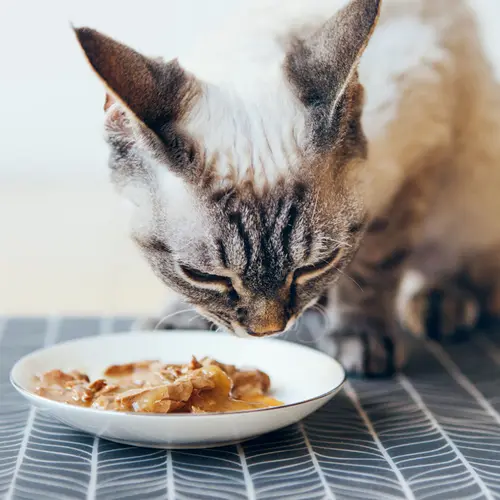Glaucoma is a word used to describe a group of disorders affecting the optic nerve and retina. The blindness caused by this condition can't be reversed. However, loss of vision may be delayed or prevented through treatment and regular checkups, especially if the condition is still in its early stages.
Can Cats Get Glaucoma?
Like humans and dogs, cats can get glaucoma in one or both eyes. In cats, the condition is called feline glaucoma. It tends to occur in cats that are middle-aged or older. The disorder can affect any breed of cat.
There are two types of feline glaucoma: primary and secondary. Primary or open-angle glaucoma is rare, inherited, and often affects certain cat breeds. These breeds include Burmese and Siamese. Secondary or acute angle-closure glaucoma is more common and can affect one or both eyes.
What Causes Glaucoma in Cats?
Feline glaucoma has several causes and risk factors. Some include:
Uveitis. Feline glaucoma can also occur due to severe inflammation of the eye, also known as uveitis. In this case, the underlying cause could be anything from infection with the feline immunodeficiency virus (FIV), the feline leukemia virus (FeLV), and feline infectious peritonitis (FIP) to toxoplasmosis.
Intraocular neoplasia. Secondary feline glaucoma is also highly associated with such cancers as lymphoma (cancer of the lymphatic system), sarcoma (cancer of bones and soft tissues), melanoma (skin cancer), and tumors that occur in the eyes of cats.
Feline Aqueous Humor Misdirection Syndrome. Often seen in older female cats, this is a very rare condition that occurs when the aqueous humor is misdirected, causing an inappropriate accumulation of fluid in the wrong part of the eye. The condition also results in ocular pressure, which in turn leads to glaucoma. Surgery has been found to be effective in treating this disorder.
Intraocular hemorrhage. This condition, characterized by bleeding inside the eye, can also cause feline glaucoma. Usually, a blood clot forms and blocks the drainage angle, thereby preventing drainage of the aqueous humor. The hemorrhage can be a result of trauma or other causes.
What Are the Symptoms of Glaucoma in Cats?
Some of the signs that your cat may have glaucoma include:
- Pain around the eye
- Dilated, unmoving, or slow-moving pupil
- Redness in the whites of the eyes
- Swelling and discoloration of the cornea
- A firm eyeball
- Enlarged eyeball
It is often difficult to tell whether your cat has glaucoma or not, as the progression of the condition happens over a long period of time, often months or longer. Most cats will continue behaving normally despite having eye discomfort. That makes it harder for you to notice any warning signs. However, glaucoma that is related to uveitis or severe eye inflammation may be easier to detect, as your cat may show signs of being in pain.
How is Cat Glaucoma Diagnosed?
The vet will perform a test using a tonometer. This device is used to measure intraocular pressure or the fluid pressure of the eye. If the pressure is higher than normal and there is vision loss, your cat may have glaucoma.
What Is the Treatment for Cat Glaucoma?
Treatment may require both surgery and medications such as eye drops with dorzolamide or timolol to reduce intraocular pressure. Your vet may also prescribe steroids to reduce inflammation.
The vet will want to reduce pressure in the affected eye in order to prevent further damage. Glaucoma caused by uveitis is managed by reducing the inflammation and treating the underlying cause. Your vet may recommend surgery to remove the painful eye, especially if your cat has lost sight in that eye.

